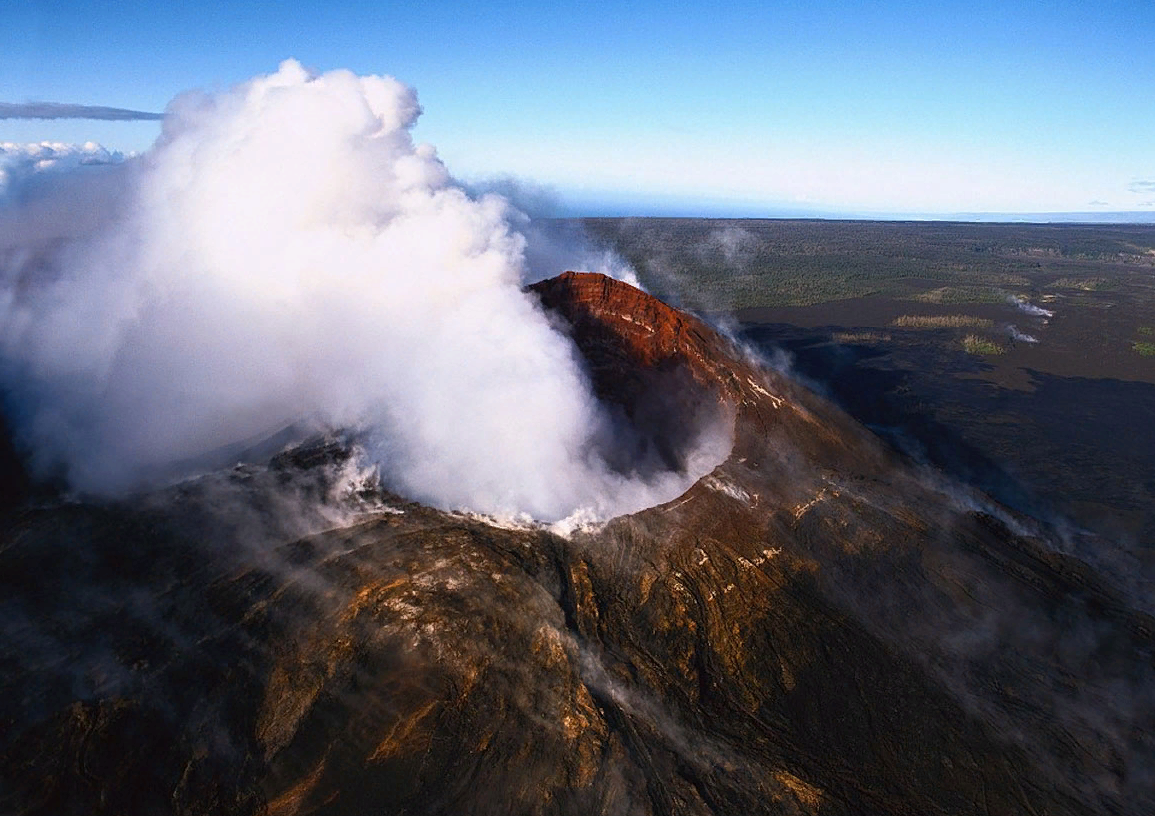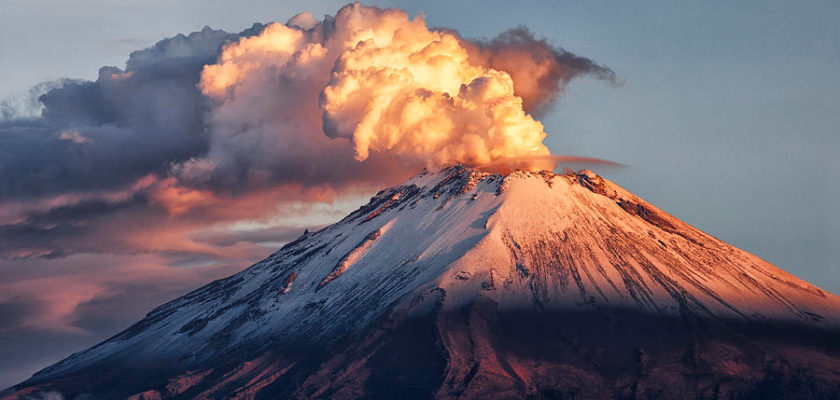When you think about volcanoes, several descriptions come to mind. Awe-inspiring. Beautiful. Dangerous. Destructive. You might think that volcanos that erupt frequently are the ones that should worry everybody the most, but in fact the volcanoes that haven’t erupted in centuries pose the highest risk, especially if they’re located in heavily populated areas. The reason for this? When they go a long time without exploding, the mounting pressure builds up, so when it does occur, the results are especially devastating. But don’t worry; you’ll be fine. Unless you happen to live near the volcanoes on this list anyway.
Popocatépetl, Mexico
Located a mere 40 miles away from Mexico City – the largest city in North America if you need to be reminded – a massive eruption from this volcano would have serious consequences, with lava ash that would destroy everything in its path. When smoke emerged from Popocatépetl in 1994 for the first time in 1,000 years, there was a lot of concern that the Big One was about to happen. Scientists have stated that it’s not a matter of if it will happen, but when. At the moment there’s really no good way to predict when it will erupt, but when it does, it would probably be a good time to run like the wind.
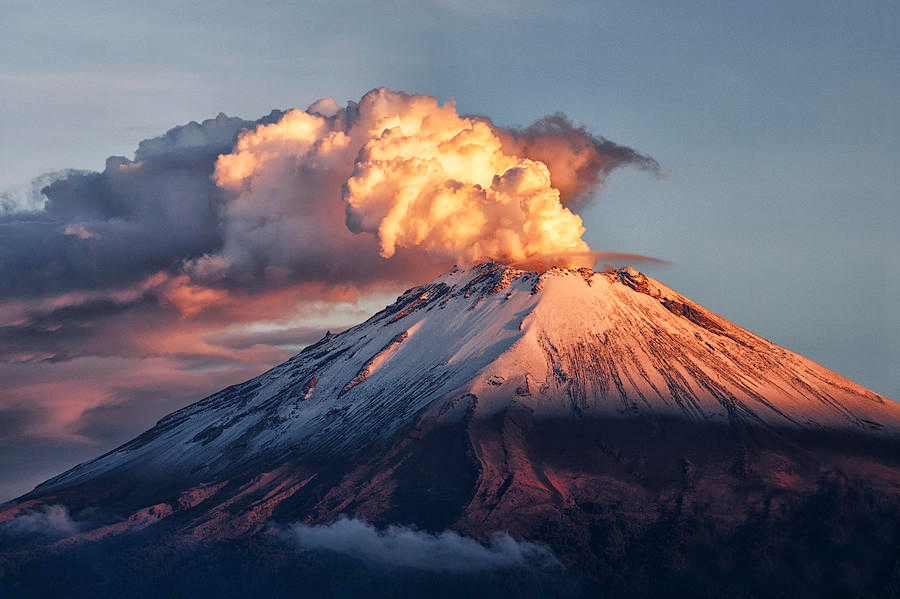
Mount Vesuvius, Italy
Remember back in 79 AD when Pompeii was completely destroyed? If so, you might be a vampire and I would love to interview you. A massive eruption of Mount Vesuvius is what laid the city to waste. That’s not the only time this volcano released its pent-up rage disproportionality. In fact, in the past 17,000 years it has violently erupted eight times, spewing hot gas and other volcanic matter at speeds reaching more than 400mph. Although its last eruption in 1944 was relatively minor, the nearby city of Naples has plans in place in the event that Mount Vesuvius gets super angry again.
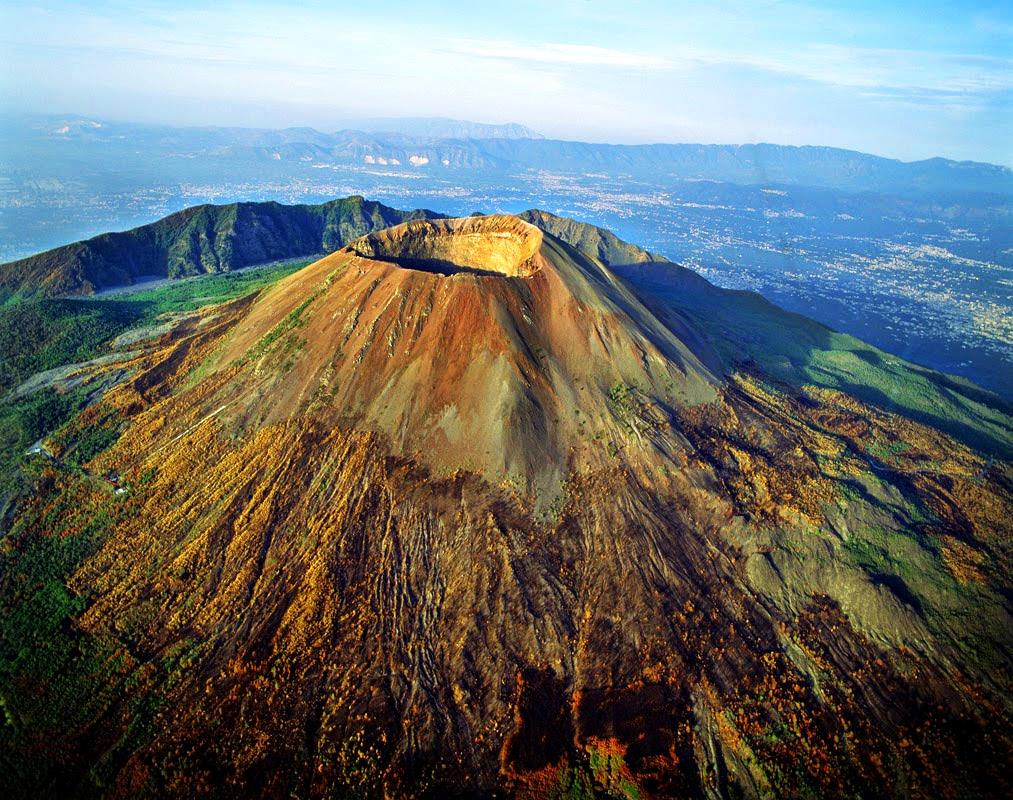
Mount St. Helens, Washington State
When Mount St. Helens erupted in 1980, the resulting destruction led to the death of 57 people, thousands of animals, and wiped out 200 square miles of forest. The eruption reduced the height of the mountain’s summit by nearly 1,300 feet. Four decades later, the forest area remains barren. The United States Geological Survey expects that further eruptions will take place, potentially causing more devastation that could affect the entire Pacific Northwest.
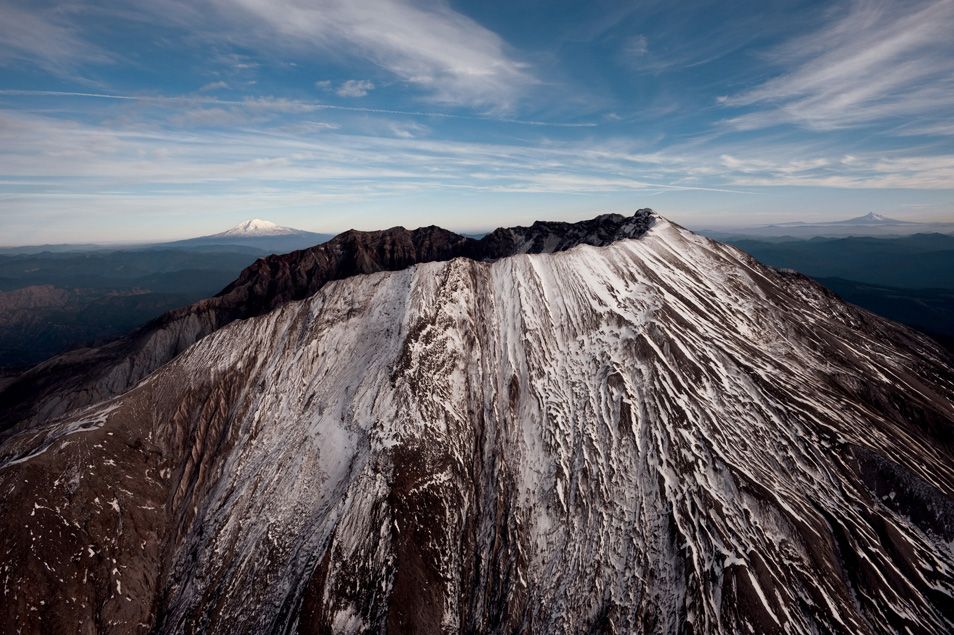
Mayon Volcano, the Philippines
Currently nominated as a World Heritage Site, Mayon is regarded as sacred by the locals due to its place in ancient mythologies, and it’s also a major tourist destination. Of course, another reason why it is so noteworthy is due to the frequency in which it erupts, sometimes with deadly consequences. A big eruption in 1814 led to the deaths of more than 1,200 people, while an eruption in 2018 required the evacuation of 56,000 people who lived in the surrounding communities.
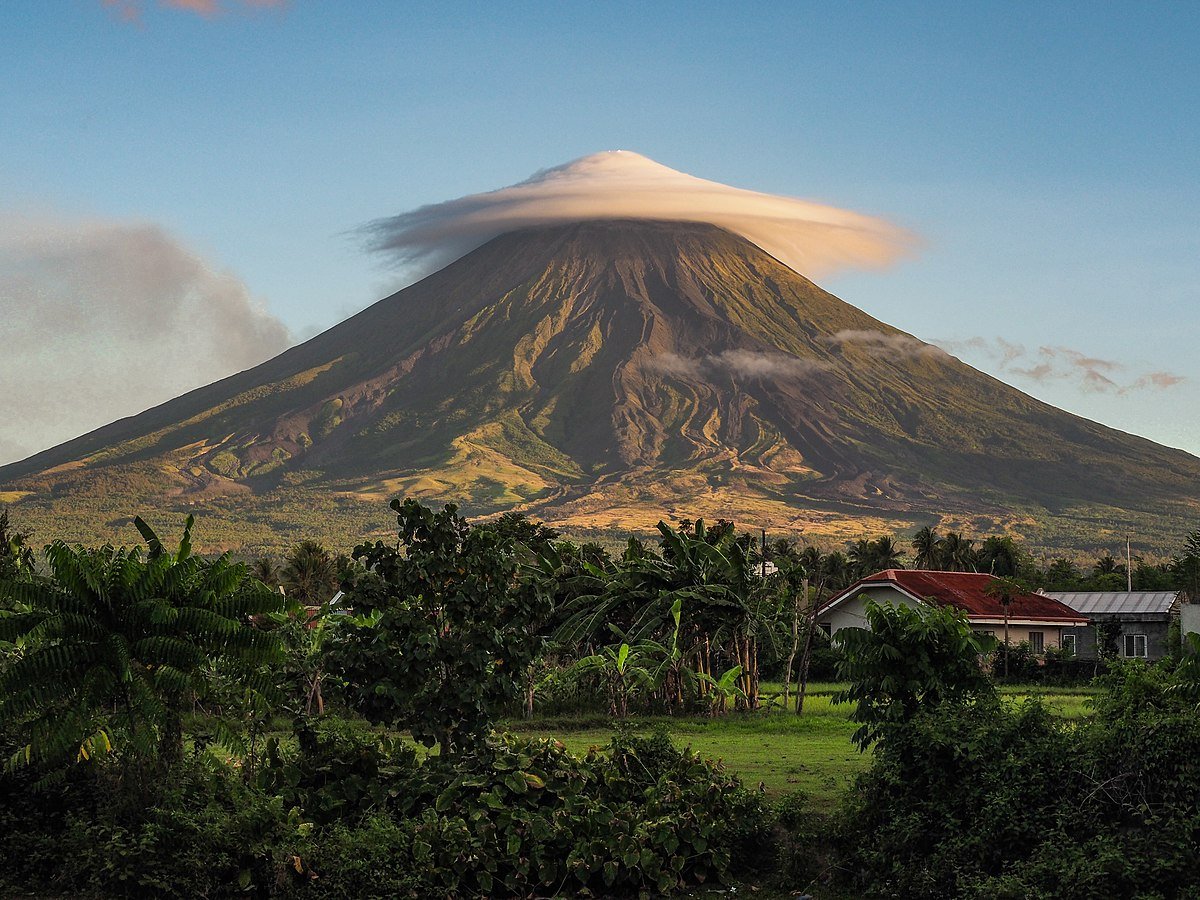
Mount Pinatubo, the Philippines
Situated only 55 miles away from the capital Manila, Mount Pinatubo erupted in 1991 after more than 600 years of inactivity. The results were deadly, with over 700 people killed and 100,000 more left homeless. The smoke and ash reached heights of nearly 20 miles. Previous eruptions were relatively tame, which made this disaster all the more surprising.
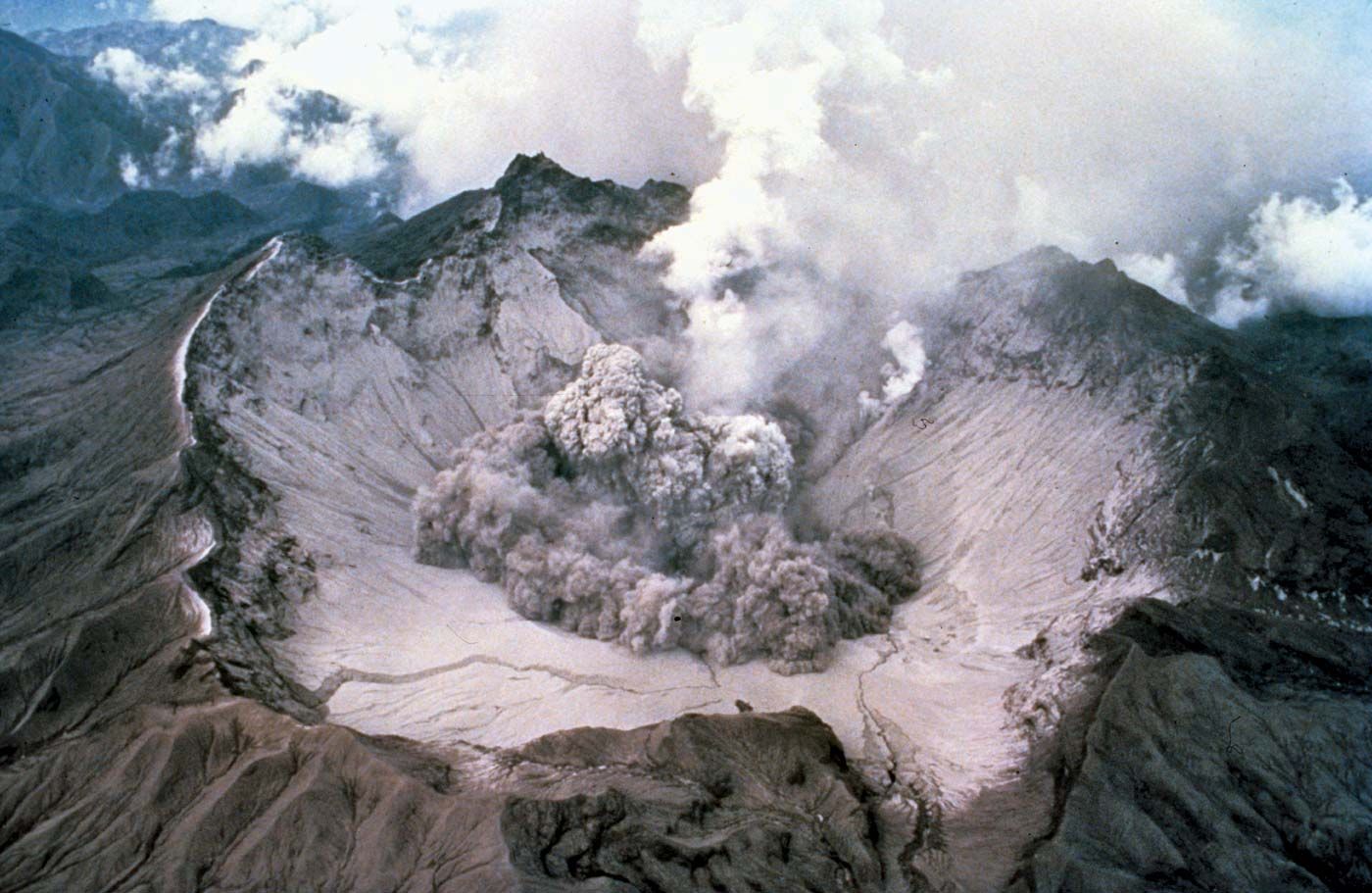
Kelud Volcano, Indonesia
The most active volcano in East Java, Kelud is known for being extremely violent, with frequent explosions that have killed thousands of people. The worst of these eruptions took place in 1914, which led to the draining of its crater lake, with the resulting mudflows killing 5,000 people. Another major explosion took place in 2014, with a huge column of ash drifting over the Indian Ocean.
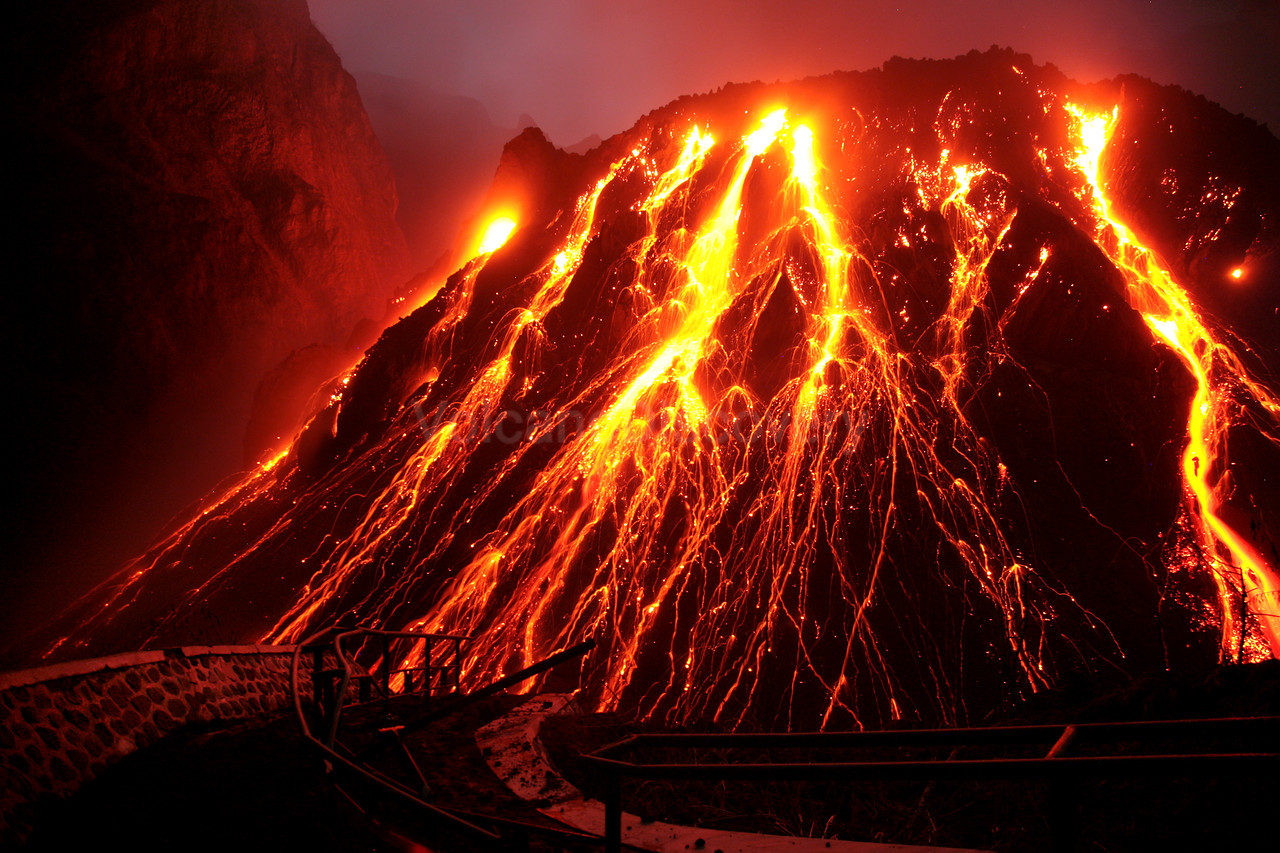
Kilauea Volcano, Hawaii
Estimated to have been formed around 250,000 years ago, Kilauea is the most active volcano among the five located on the Hawaiian Islands. In fact, from 1983 until 2018, it erupted nearly continuously, causing a lot of destruction. The eruptions also trigger strong earthquakes, which have led to evacuations.
